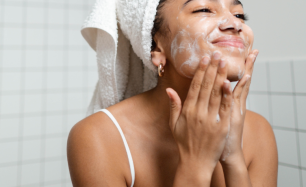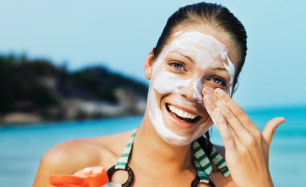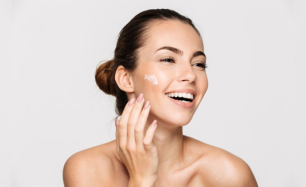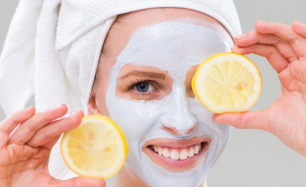How to Establish a Nighttime Hygiene Routine for Better Skin
A well-structured nighttime hygiene routine is essential for maintaining healthy, radiant skin. Throughout the day, your skin is exposed to dirt, oil, pollutants, and makeup, which can clog pores and lead to breakouts if not properly removed. Establishing a consistent nighttime routine ensures that your skin stays clean, hydrated, and rejuvenated while you sleep. Here’s how to build an effective nighttime hygiene routine for better skin.
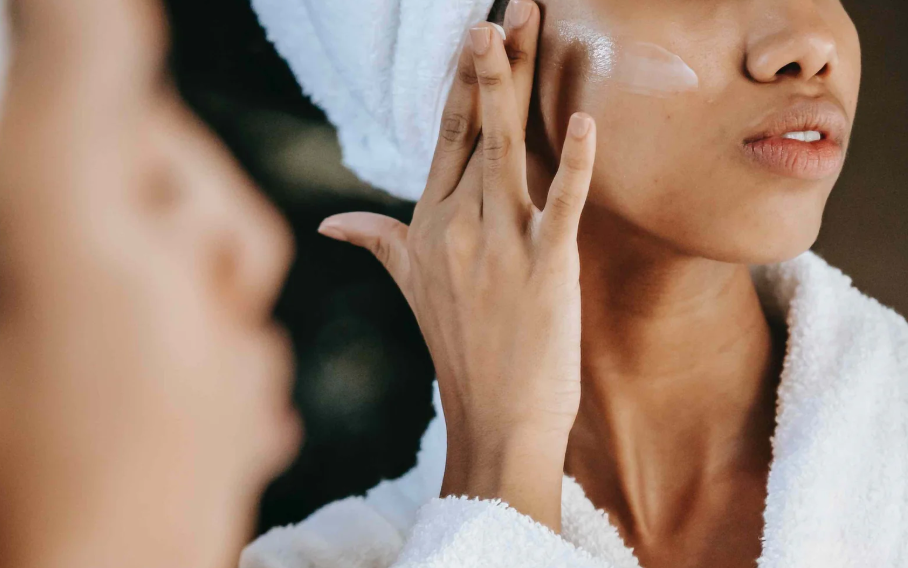
Step 1: Remove Makeup and Cleanse Your Skin
Before heading to bed, removing makeup is crucial to prevent clogged pores and irritation. Use a gentle makeup remover or micellar water to dissolve makeup, especially around the eyes. Follow up with a sulfate-free cleanser suited to your skin type to wash away dirt, oil, and impurities. Cleansing helps prevent breakouts and prepares your skin for the next steps in your routine.
Step 2: Exfoliate (2-3 Times a Week)
Exfoliation removes dead skin cells, promoting cell turnover and keeping your complexion smooth and clear. Use a gentle chemical exfoliant with AHAs or BHAs to unclog pores and brighten the skin. Avoid over-exfoliating, as this can cause irritation and weaken your skin barrier.
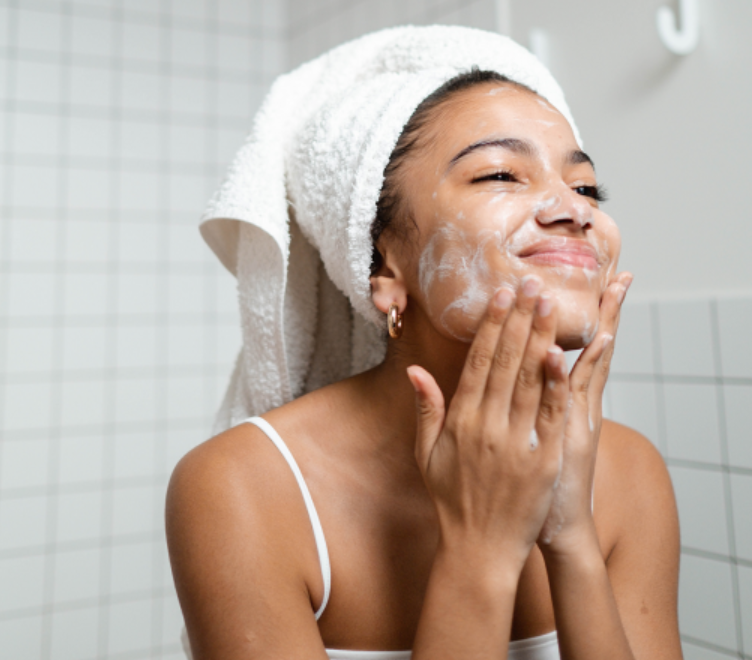
Step 3: Apply Toner to Balance the Skin
A good toner helps restore the skin’s pH balance after cleansing and preps it for better absorption of serums and moisturizers. Look for alcohol-free toners with hydrating and soothing ingredients like rose water, witch hazel, or chamomile to refresh and calm the skin.
Step 4: Use Targeted Serums and Treatments
Serums and treatments can address specific skin concerns like acne, dryness, or aging. Choose a serum with ingredients suited to your skin type:
- For Hydration: Hyaluronic acid locks in moisture.
- For Acne-Prone Skin: Niacinamide or salicylic acid reduces breakouts.
- For Anti-Aging: Retinol helps smooth fine lines and boosts collagen production. Apply your chosen serum, allowing it to absorb fully before moving on to the next step.
Step 5: Moisturize to Lock in Hydration
A good moisturizer seals in all the benefits of your skincare routine and prevents moisture loss overnight. Use a lightweight, oil-free moisturizer for oily skin or a richer, cream-based moisturizer for dry skin. Night creams with ceramides and peptides can help repair and nourish the skin while you sleep.
Step 6: Apply an Eye Cream
The delicate skin around your eyes requires special care. Eye creams help reduce puffiness, dark circles, and fine lines. Look for formulas with caffeine for de-puffing, hyaluronic acid for hydration, or peptides for anti-aging benefits.
Step 7: Keep Your Sleeping Environment Clean
Your nighttime routine doesn’t stop at skincare. A clean sleeping environment contributes to better skin health. Change your pillowcases regularly, avoid sleeping on dirty hands, and ensure your room is free from excess dust or bacteria. Silk pillowcases can reduce friction and help prevent wrinkles.
Final Thoughts
A well-structured nighttime hygiene routine plays a vital role in achieving and maintaining healthy skin. By consistently following these steps—cleansing, exfoliating, toning, applying serums, moisturizing, and ensuring a clean sleep environment—you can wake up with refreshed, glowing skin. Customizing your routine to fit your skin’s unique needs will ensure long-term skin health and radiance.
